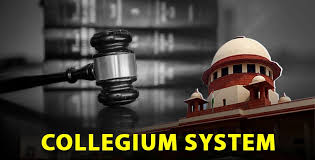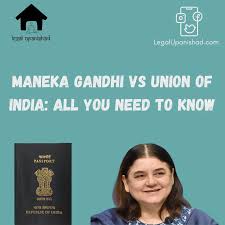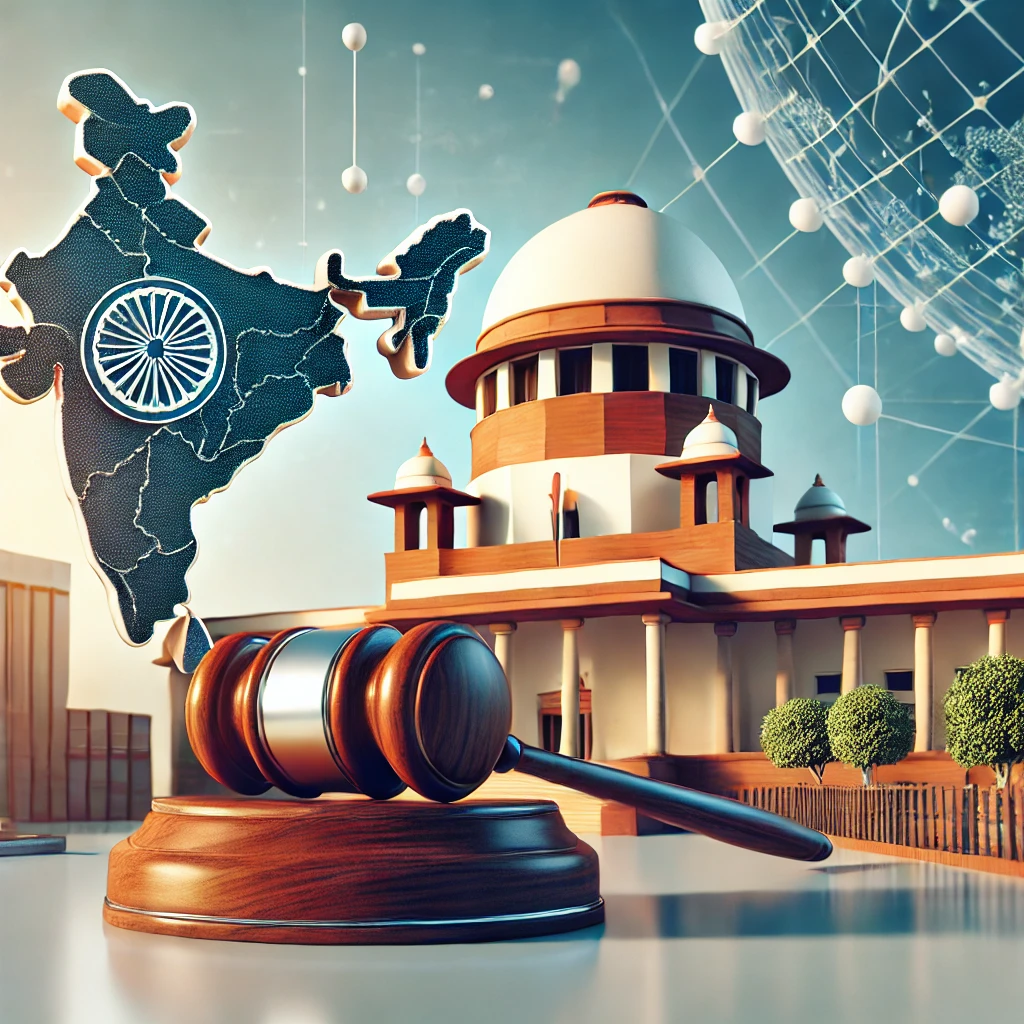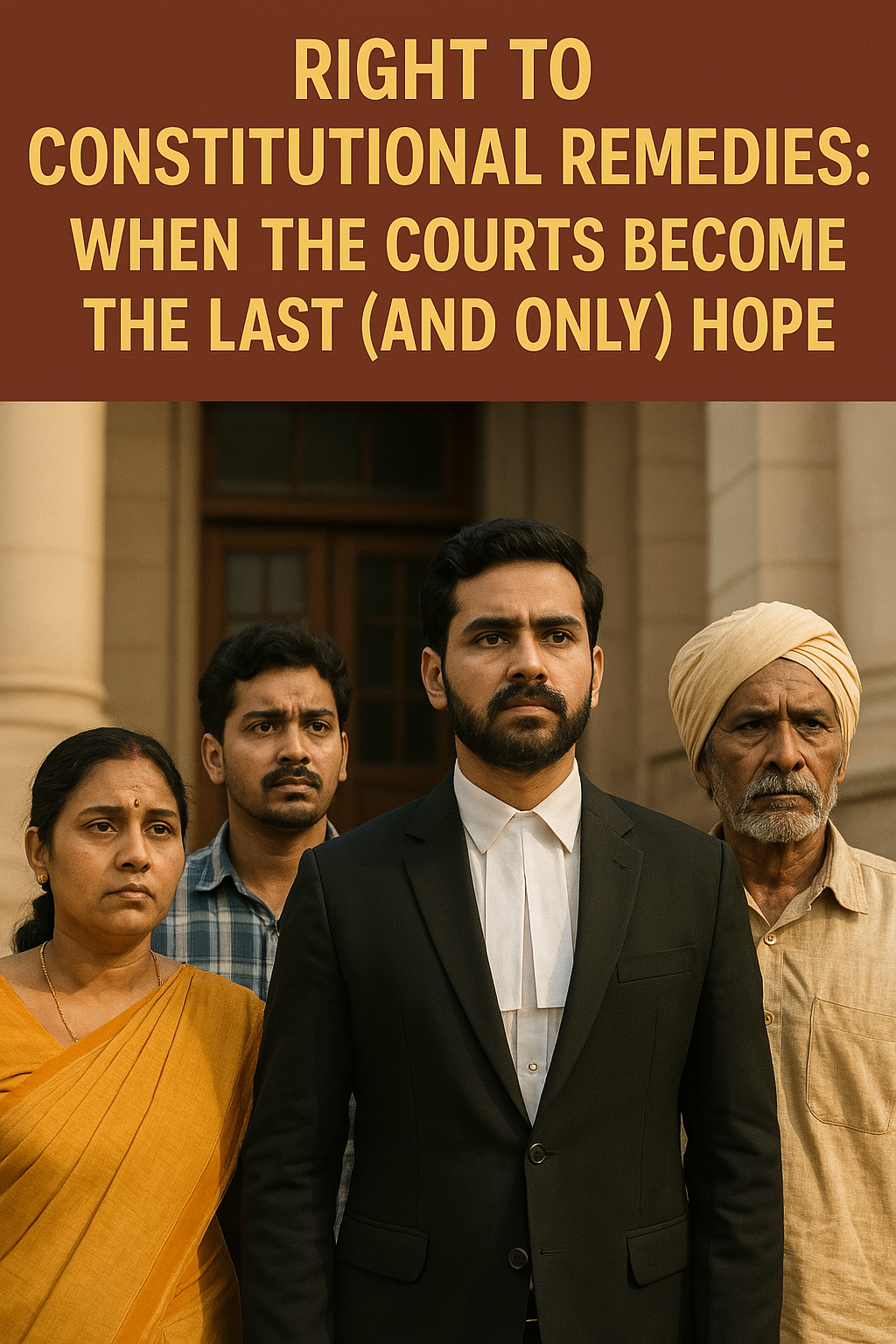California Constitution Article IV - Legislative [Sections 1 - 28]
Here’s a detailed overview of Article IV: Legislative of the California Constitution, covering Sections 1–28:
🏛️ Sections 1–3: Legislative Authority & Sessions
Section 1 – Vesting & Power of Initiative
Legislative power is vested in the Legislature (Senate + Assembly); the people retain initiative and referendum rights. (ballotpedia.org)
1.5. Section 1.5 – Term‑Limits Declaration
Voters find that unlimited legislative terms and state-paid incumbent advantages reduce electoral competitiveness, prompting support for term limits. (ballotpedia.org)
Section 2 – Legislature Membership & Terms
Senate: 40 members, 4‑year staggered terms; Assembly: 80 members, 2‑year terms; terms start first Monday in December.
Term limit: no more than 12 years total across both houses for members first elected after this was adopted. (law.justia.com)
Section 3 – Regular & Special Sessions
Regular sessions begin first Monday in December of even years and end at midnight on November 30 of the next even year.
Governor may call special sessions, limited to topics specified in the proclamation. (californiaglobe.com, ballotpedia.org)
Sections 4–7: Ethics, Retirement & Credentials
Section 4 – Restrictions & Retirement
Prohibits legislators from receiving income from lobbyists or state contractors.
Limits retirement benefits to $500 of salary; mandates participation in Social Security in lieu of other pensions. (ballotpedia.org)
Section 5 – Qualification, Discipline
Each house judges member qualifications; can suspend or expel members by a 2/3 vote. (ballotpedia.org)
Section 6 – Legislative Districts & Budget Limit
State divided into 40 Senate and 80 Assembly districts.
Caps Legislature’s compensation and operating expenses at $950,000 per member for that fiscal year, or 80% of prior year (whichever lower). (ballotpedia.org, ballotpedia.org)
(Typically about interim districts or apportionment—often reserved or repealed; not detailed here.)
Sections 8–10: Legislative Procedure & Governor’s Powers
Section 8 – Bill Process
No bill (except the budget bill) may be acted on by 31st day post-introduction unless waived by ¾ vote.
Bills require three readings over three days (waivable by 2/3 vote); final vote requires majority roll-call.
Statutes normally take effect Jan 1, 90 days after enactment (or 91 days after special session). (ballotpedia.org)
Section 9 – Single‑Subject Rule
Every bill must address only one subject. (Not explicitly cited but standard legislative rule.)
Section 10 – Governor Action on Bills
Bills must be signed or vetoed by Governor.
Vetoes can be overridden by 2/3 vote.
Time‑limits: general bills become law without action if not returned in 12 days; those pending at recess within 30 days.
Governor holds item‑veto power on appropriations; fiscal emergency provisions included. (abstract.us, law.justia.com, leginfo.legislature.ca.gov)
Sections 11–18: Committees, Impeachment & Fiscal Ethics
Section 11 – Committees
Legislature may form necessary committees for fact-finding and recommendations. (leginfo.legislature.ca.gov)
Section 12 – State Budget
Governor must submit a budget within first 10 days of each year.
Budget bill must pass by June 15; no other appropriation bills may be sent before budget is enacted.
Regular appropriations require roll-call and 2/3 vote. (californiaglobe.com, leginfo.legislature.ca.gov)
13–14. Sections 13–14 – Legislative Powers & Limitation
Typically cover legislative authorities and extensions; specifics seldom amended; general rule is uniform application of law.
Section 15 – Bribery as Felony
Bribery or undue influence in influencing legislators is a felony. (scocablog.com, ballotpedia.org)
Section 16 – General Uniform Laws
General laws apply uniformly; special laws are invalid if a general law suffices. (ballotpedia.org)
Section 17 – Extra Compensation Prohibited
Legislature cannot authorize extra pay or claims retroactively to public officers or contractors. (ballotpedia.org)
Section 18 – Impeachment
Assembly has sole impeachment power; Senate tries impeachments with 2/3 vote required for conviction. (ballotpedia.org)
Sections 19–22: Lottery, Game Regulation & Emergency Provisions
Section 19 – Lottery & Wagering
Legislature prohibited from authorizing lotteries; may regulate horse racing and bingo (charity only). (ballotpedia.org)
Section 20 – Fish & Game Regulation
Empowers Legislature to establish fish and game districts and commission structure. (californiaglobe.com)
Section 21 – Disaster Powers
Legislature can enact laws to fill legislative/governor vacancies, convene sessions, hold elections, and select temporary government seats during war/national disaster. (ballotpedia.org)
Section 22 – Legislative Reporting
Legislative leadership must report goals at session start and outcomes at session end. (ballotpedia.org, ballotpedia.org)
Sections 23–28: Victim Rights & Later Additions
23–27. (These sections have been repealed or never implemented; Article formally ends at § 22.)
Section 28 – Victims’ Bill of Rights
Declares victims' rights in criminal proceedings (notice, dignity, protection, restitution, timely justice). (Actually part of Article I, § 28 – incorrectly numbered here.) (sdcda.org)
✅ Summary
Article IV structures California’s legislative branch by setting its composition, terms, limits (including ethics and finances), lawmaking procedures (including single-subject rule and veto process), and special powers around emergencies, impeachment, and ethics. It emphasizes transparency, accountability, and public participation, while including recent additions like budget deadlines, fiscal emergencies, term limits, and victims’ rights.


















0 comments